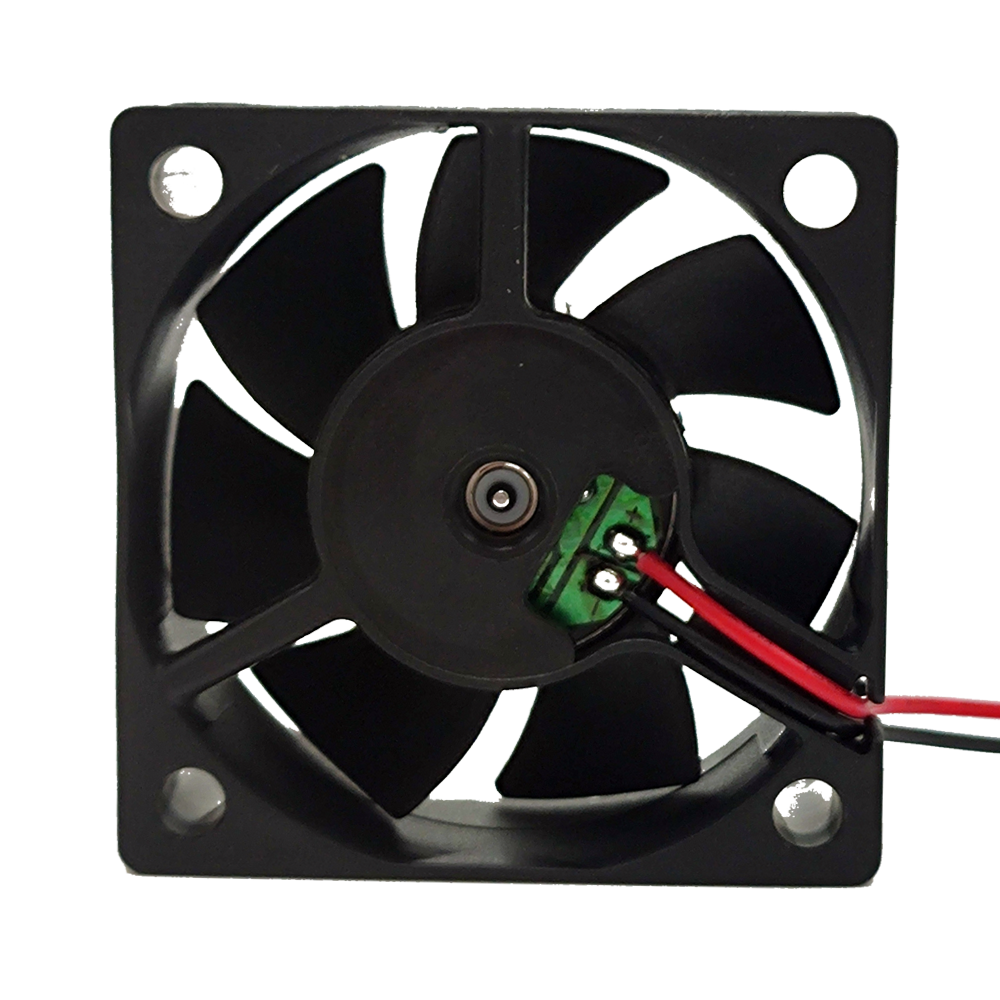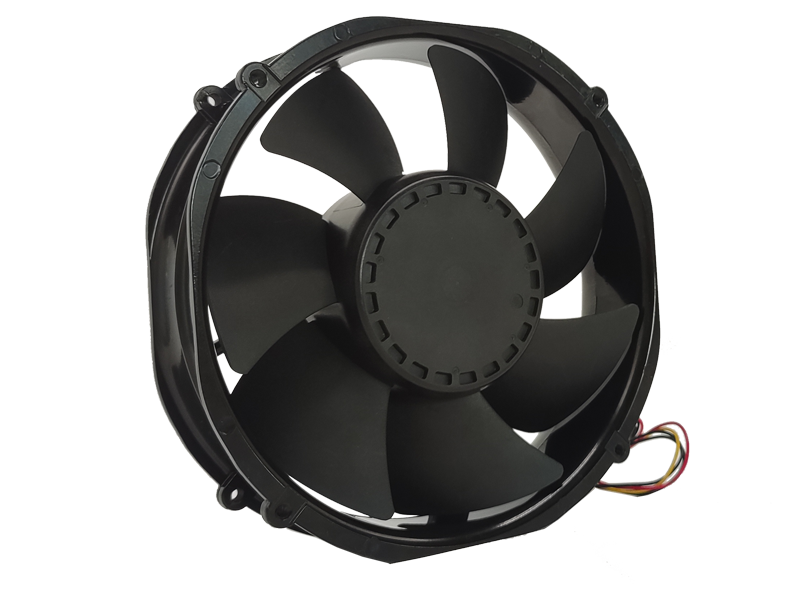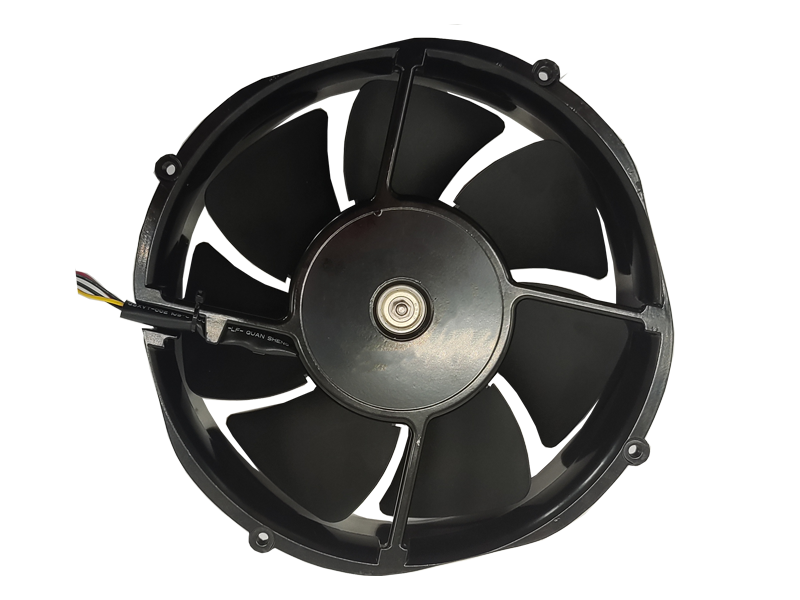Industrial fans are critical components in numerous manufacturing, processing, and storage environments. They are used across a wide range of industries—from automotive and food production to pharmaceuticals and warehouses. These fans play a vital role in maintaining optimal air circulation, cooling, and ventilation, which are essential for both the operational efficiency of industrial processes and the comfort and safety of workers. This article explores the different types of industrial fans, their applications, and how choosing the right one can impact a company’s productivity and energy efficiency.
1. Types of Industrial Fans and Their Specific Uses
Industrial fans come in various designs, each suited for specific applications. Choosing the right type of fan for an industrial application can significantly improve overall operational efficiency and contribute to energy savings. Below are some common types of industrial fans:
Axial Fans:
Axial fans are designed to move air along the axis of the fan, making them ideal for ventilation, cooling, and exhaust applications. They are often used in situations where air needs to be moved across large areas, such as in warehouses, factories, or large open spaces. Their simple design and relatively low energy consumption make them an attractive choice for general ventilation in industries like food processing, agriculture, and construction.
Centrifugal Fans:
Centrifugal fans, also known as blowers, use centrifugal force to move air through a system. These fans are more efficient than axial fans in handling high-pressure systems and are commonly used in dust collection systems, air conditioning units, and HVAC systems. Their ability to generate high pressure makes them ideal for applications requiring airflow at higher resistance levels, such as industrial drying, chemical processing, and exhaust systems.
Inline Fans:
Inline fans are designed to be mounted within ducts or pipelines and are commonly used for ventilation in confined spaces. These fans provide a compact, quiet solution for moving air through ventilation systems, making them perfect for industries with limited space for ventilation, such as electronics manufacturing and laboratories.
Mixed Flow Fans:
These fans combine the principles of both axial and centrifugal fans, offering a balance between high airflow and high pressure. Mixed flow fans are particularly useful in large-scale ventilation projects, where efficiency and the ability to handle varying pressure conditions are essential. They can be used in everything from large industrial buildings to ventilation in tunnels or mines.
2. The Importance of Industrial Fans in Improving Operational Efficiency
The primary function of industrial fans is to control air quality and temperature in an environment. Poor ventilation or excessive heat can hinder the productivity of workers, lead to safety concerns, and even damage sensitive machinery. Therefore, selecting the right fan not only improves the work environment but also contributes to higher operational efficiency.
Temperature Control:
Many industrial processes generate significant amounts of heat, which can affect the performance and longevity of equipment. Fans help regulate temperatures, ensuring that machinery runs within safe operating conditions. In industries such as manufacturing, pharmaceuticals, and electronics, maintaining an optimal temperature is crucial to prevent overheating and equipment failure.
Air Quality Management:
Ventilation is key to maintaining air quality in industrial spaces. In environments where harmful gases, dust, or chemical vapors are present, industrial fans can be integrated into filtration systems to ensure the air remains safe for workers. For example, in chemical processing plants, exhaust fans help remove volatile organic compounds (VOCs) and other contaminants from the air.
Humidity Control:
In some industrial settings, controlling humidity is just as important as managing temperature. Excessive moisture can lead to equipment rusting, product spoilage, or even health risks for workers. Fans play a significant role in preventing these issues by facilitating air movement that helps control humidity levels, especially in food processing plants and warehouses.
3. Energy Efficiency and Sustainability in Industrial Fans
With growing concerns about energy consumption and environmental sustainability, the efficiency of industrial fans has become a significant factor in their design and selection. Companies are increasingly focused on reducing their energy usage and minimizing their carbon footprint, making it essential to choose fans that balance performance with energy efficiency.
Energy-Efficient Motors:
Modern industrial fans often use energy-efficient motors, which consume less power while still providing the necessary airflow. These motors are typically designed to operate at variable speeds, allowing them to adjust their power usage depending on the needs of the system. By using these energy-efficient motors, businesses can lower their overall energy consumption and reduce operating costs.
Variable Frequency Drives (VFDs):
VFDs allow industrial fans to operate at variable speeds rather than a fixed speed, which can lead to substantial energy savings. By matching the fan speed to the actual demand for airflow, VFDs help avoid energy waste and increase system efficiency. For industries with fluctuating ventilation needs, such as large warehouses or factories with varying production cycles, VFDs can significantly improve both energy savings and system performance.
Smart Fan Control Systems:
Advancements in technology have led to the development of smart control systems that can optimize fan performance based on real-time data. These systems monitor factors such as air quality, temperature, and humidity, and automatically adjust the fan speed to meet specific environmental conditions. In addition to improving energy efficiency, these systems also reduce the need for manual intervention and help prevent the overuse of resources.
4. Selecting the Right Industrial Fan for Your Business
Selecting the right industrial fan is not a one-size-fits-all process. Several factors need to be considered to ensure the fan can meet the specific demands of the application. Here are key considerations when selecting an industrial fan:
Airflow Requirements:
The primary factor in choosing an industrial fan is determining the airflow required for the application. This is usually measured in cubic feet per minute (CFM) or liters per second (L/s). Understanding the airflow needs is essential in selecting a fan with the appropriate power and size.
Pressure and Resistance:

Different applications require different levels of pressure. Centrifugal fans are often used when high pressure is required, while axial fans are more suitable for low-pressure systems. Understanding the pressure needs of your system is crucial in determining the right fan type.
Noise Levels:
In some industries, excessive noise can be disruptive and may even violate regulations. When selecting a fan, it’s important to consider noise levels. Fans with quieter operations, such as mixed flow fans or fans designed with sound-dampening materials, can be beneficial in noise-sensitive environments like research labs or hospitals.
Durability and Maintenance:
Industrial fans operate in harsh environments, so selecting fans made from durable materials that can withstand these conditions is essential. Additionally, ease of maintenance should be considered, as frequent maintenance downtime can reduce overall productivity. Choosing fans with easy-to-clean designs and long-lasting components can minimize operational interruptions.
5. Conclusion: The Future of Industrial Fans
As industries continue to evolve, the demand for more efficient, sustainable, and intelligent ventilation solutions will increase. Advances in fan technology, including energy-efficient motors, variable speed drives, and smart fan control systems, will continue to improve operational efficiency, reduce energy consumption, and enhance worker safety. Companies that invest in the right industrial fans for their operations can not only improve the productivity of their workers but also contribute to long-term cost savings and environmental sustainability.
Recommended Products

The main purpose:Car charging station

The main purpose:Car charging station

The main purpose:Electronic refrigerators, water dispensers, direct drinking machines, inverter power supplies
Address:No. 4137, Longgang Avenue (Henggang Section), Henggang Community, Henggang Street, Longgang District, Shenzhen
hotline:13530005572(Chen)15112579390(Li)


Welcome all friends to come for consultation and negotiation.
Copyright 2024 @ Shenzhen Youneng Xinyuan Electronics Co., Ltd.,(industrial fans,industrial blowers,axial fans,cooling fans manufacturer,centrifugal fans,ac cooling fans,dc cooling fans)